Quick Facts: South Africa
- Population of South Africa (mid-2009): 49.32-million
- Currency: One rand (R) = 100 cents
- Time: Two hours ahead of GMT
- Area: 1 219 090 square kilometres
- Agriculture: 81.6% of total land area
- Arable land: 12.1% of total
- Irrigated land: 10.15% of arable land
- Pretoria is the administrative capital of South Africa
- Cape Town is the legislative capital of South Africa
- Bloemfontein is the judicial capital of South Africa
- South Africa is subdivided into 9 Provinces: Eastern Cape, Gauteng, KwaZulu-Natal, Mpumalanga, Northern Cape, Limpopo, North West, Free State and the Western Cape
- Real GDP growth rate (2009): -1.8%
- Consumer inflation rate (March 2010): 5.1% y/y
- Producer inflation rate (March 2010): 3.7% y/y
- Prime overdraft lending rate of banks (April 2010): 10%
- Unemployment (fourth quarter 2009): 24.3%
- Eleven official languages are recognised in the South African constitution
- South Africa also contains the largest European, Indian, and racially mixed communities in Africa
- South Africa is a constitutional democracy
- South Africa is the 25th-largest country in the world
- Njesuthi in the Drakensberg Mountain range is the highest peak in South Africa with its 3,408 m
Introducing South Africa
The Republic of South Africa is situated at the southern tip of the African continent stretching along a 2,798 kilometres magnificent coastline on the Atlantic and Indian Oceans. To the north of South Africa are Namibia, Botswana and Zimbabwe. To the east South Africa shares borders with Mozambique and Swaziland while Lesotho is an independent country entirely surrounded by South Africa.
South Africa is known for its great mix in different cultures, religions and languages. Eleven official languages are recognised in the South African constitution. Two of these languages are of European origin which are Afrikaans, a language which originated mainly from Dutch that is spoken by the majority of white and Coloured South Africans and English. Though English has a significant role in public and commercial life, it is nevertheless only the fifth most-spoken language in South Africa.
Approximately 79.5% of the South African population is of black African ancestry which can be split up among a variety of ethnic groups speaking different Bantu languages, nine of which have official status. South Africa is home to the largest European, Indian, and racially mixed communities in Africa. About a quarter of the population is unemployed and lives on less than US $1.25 a day.
South Africa is a constitutional democracy in the form of a parliamentary republic with a parliamentarily-dependent head of state. It is one of the founding members of the African Union and has the largest economy of all African member countries. It is also a founding member of the United Nations and NEPAD. South Africa is a member of the Commonwealth of Nations, Antarctic Treaty System, Group of 77, South Atlantic Peace and Cooperation Zone, Southern African Customs Union, World Trade Organization, International Monetary Fund, G20 and G8+5.
The geography of South Africa
South Africa is on the southernmost point of the African continent. It is here where the two mighty oceans meet: the South Atlantic and the Indian Ocean. Covering a region of 1,219,912 km2, South Africa is the 25th-largest country in the world and is comparable in size to Colombia. Njesuthi in the Drakensberg at 3,408 m is the highest peak in South Africa.
Inland, South Africa is a vast, flat, and sparsely populated scrubland. The Karoo is drier towards the north-west along the Namib desert. In contrast, the eastern coastline of South Africa is lush and well-watered, which produces a climate similar to the tropics.
To the north of Johannesburg, the altitude drops beyond the escarpment of the Highveld and turns into the lower lying Bushveld, an area of mixed dry forest and an abundance of wildlife. East of the Highveld, beyond the eastern escarpment of South Africa, the Lowveld stretches towards the Indian Ocean. This area of South Africa has unusually high temperatures and is also the location of extended subtropical agriculture.
Part of South Africa is also the small sub-Antarctic archipelago of the Prince Edward Islands, which consists of Marion Island (290 km2) and Prince Edward Island (45 square kilometres).
Climate of South Africa
South Africa has a temperate climate due to being surrounded by the Atlantic and Indian Oceans on three sides, by its location in the climatically milder southern hemisphere and due to the average elevation rising steadily towards the north towards the equator and further inland. A great variety of climatic zones exists based on its varied topography and oceanic influence.
South Africa is home to the extreme desert of the southern Namib, which is situated in the farthest north-west of the country as well as to the lush subtropical climate in the east along the Mozambique border and the Indian ocean. The south-west region of South Africa features an environment which is similar to that of the Mediterranean. It is characterised by wet winters and hot, dry summers. This is where the famous Fynbos Biome of grassland and thicket can be found. This region in South Africa is also well known for its vineyards and award winning wines which are produced here. Further east on the south coast, rainfall is distributed more evenly throughout the year, producing a green landscape. This area is popularly known as the Garden Route featuring towns like Mossel Bay, George, Knysna and Plettenberg Bay.
The Free State in South Africa is flat because it lies centrally on the high plateau. North of the Vaal River, the Highveld receives more rainfall and does not experience subtropical extremes of heat. Johannesburg, which is situated in the centre of the Highveld, is set at an altitude of 1,740 m. Johannesburg in South Africa’s Gauteng province receives an annual rainfall of 760 mm. The winters in this region of South Africa are cold, although snow is rare.
The high Drakensberg mountains, which are part of the south-eastern escarpment of the Highveld, offer limited skiing opportunities in winter. The coldest place in South Africa is Sutherland, which nestles in the western Roggeveld Mountains, where midwinter temperatures can reach as low as −15 °C. The centre of South Africa has the hottest temperatures: a temperature of 51.7 °C was recorded in 1948 in the Northern Cape Kalahari near Upington.
Languages that are spoken in South Africa
In South Africa, eleven official languages are spoken which are Afrikaans, English, Ndebele, Northern Sotho, Sotho, Swazi, Tswana, Tsonga, Venda, Xhosa and Zulu.
The three most spoken first home languages are Zulu, Xhosa and Afrikaans. Despite the fact that English is recognised as the language of commerce and science, it was spoken by only 8.2% of South Africans at home in 2001, an even lower percentage than in 1996.
Furthermore, South Africa recognises eight unofficial languages which are Fanagalo, Khoe, Lobedu, Nama, Northern Ndebele, Phuthi, San and South African Sign Language.
Many of the "unofficial languages" of the San and Khoikhoi people contain regional dialects stretching northwards into Namibia and Botswana, and other regions.
Additionally, many white South Africans also speak other European languages which include Portuguese (also spoken by black Angolans and Mozambicans), German, and Greek, while some Asians and Indians in South Africa speak South Asian languages, like Tamil, Hindi, Gujarati, Urdu and Telugu. French is still widely spoken by French South Africans especially in places like Franschhoek, where many South Africans are of French origin.
Religion in South Africa
Christians account for about 80 % of South Africa’s population. This includes Zion Christian, Pentecostal, Roman Catholic, Methodist, Dutch Reformed and Anglican. Members of other Christian churches accounted for another 36% of the population. Muslims make up about 1.5% of the South African population, Hindus about 1.3%, and Judaism 0.2%.
African Indigenous Churches were the largest of the Christian groups. There is no evidence that Islam was known to the Zulu, Swazi, or Xhosa of the east coast before the colonial era. Many South African Muslims are described as Coloureds, notably in the Western Cape, especially those whose ancestors came as slaves from the Indonesian archipelago (the Cape Malays). Others are described as Indians, particularly in KwaZulu-Natal, including those whose ancestors came as traders from South Asia; they have been joined by others from other parts of Africa as well as white or black South African converts.
The Hindu population of South Africa was primarily established during the British colonial time, but later waves of immigration from India have also contributed to it. Most Hindus are ethnically South Asian but many come from the mixed racial origin, and some are converts with the efforts of Hindu missionaries such as ISKCON. Other minority religions in South Africa are Sikhism, Jainism and Bahá'í Faith.
South Africa’s Provinces
South Africa is home to nine areas which are the Eastern Cape, Free State, Gauteng, KwaZulu-Natal, Limpopo, Mpumalanga, Northern Cape, North West, Western Cape.
Eastern Cape:
- Capital City: Bhisho
- Area km²: 169,580
- Population ( 2007): 6,527,747
Free State:
- Capital City: Bloemfontein
- Area km²: 129,480
- Population ( 2007): 2,773,059
Gauteng:
- Capital city: Johannesburg
- Area km²: 17,010
- Population ( 2007): 10,451,713
KwaZulu-Natal:
- Capital City: Pietermaritzburg
- Area km²: 92,100
- Population ( 2007): 10,259,230
Limpopo:
- Capital City: Polokwane
- Area km²: 123,900
- Population ( 2007): 5,238,286
Mpumalanga:
- Capital City: Mbombela
- Area km²: 79,490
- Population ( 2007): 3,643,435
Northern Cape:
- Capital City: Kimberley
- Area km²: 361,830
- Population ( 2007): 1,058,060
North West:
- Capital City: Mafikeng
- Area km²: 116,320
- Population ( 2007): 3,271,948
Western Cape:
- Capital city: Cape Town
- Area km²: 129,370
- Population ( 2007): 5,278,585
SOUTH AFRICA:
- Total area in km²: 1,219,080
- Population ( 2007): 48,502,063

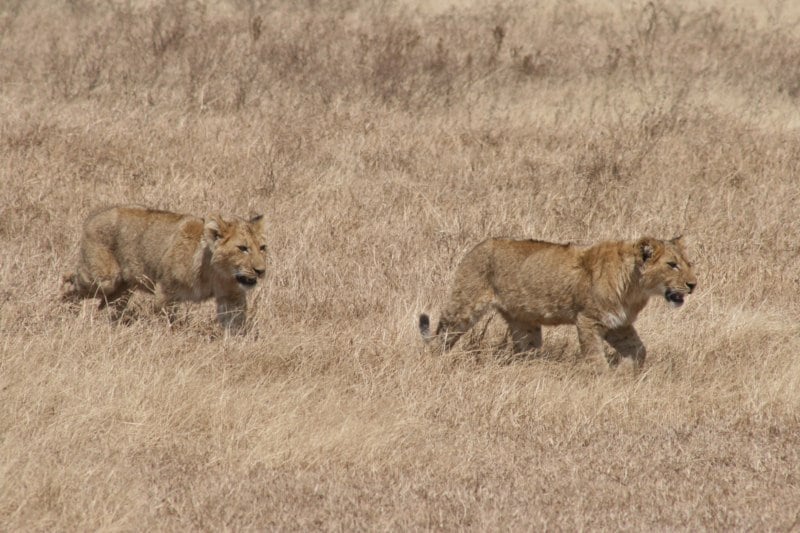
.jpg)
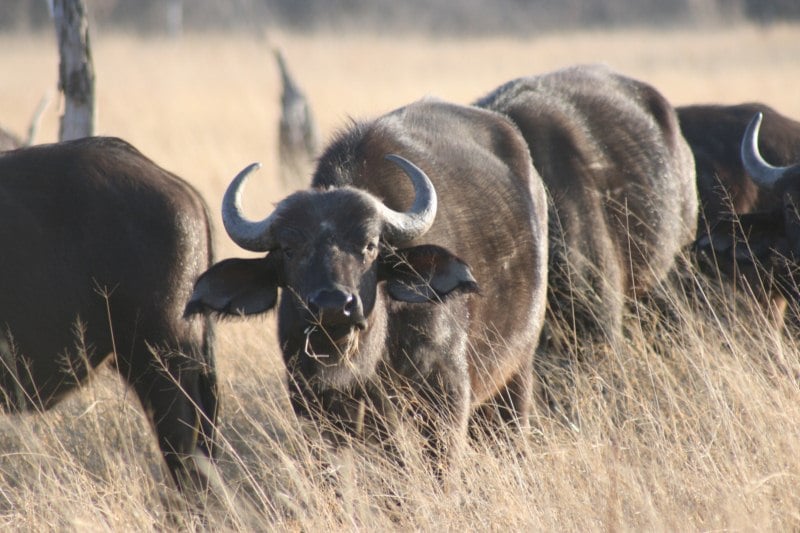
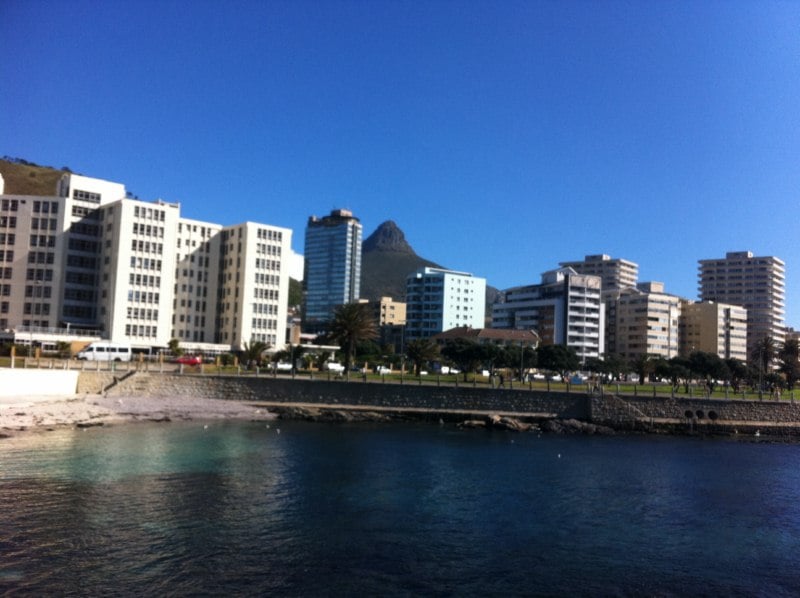
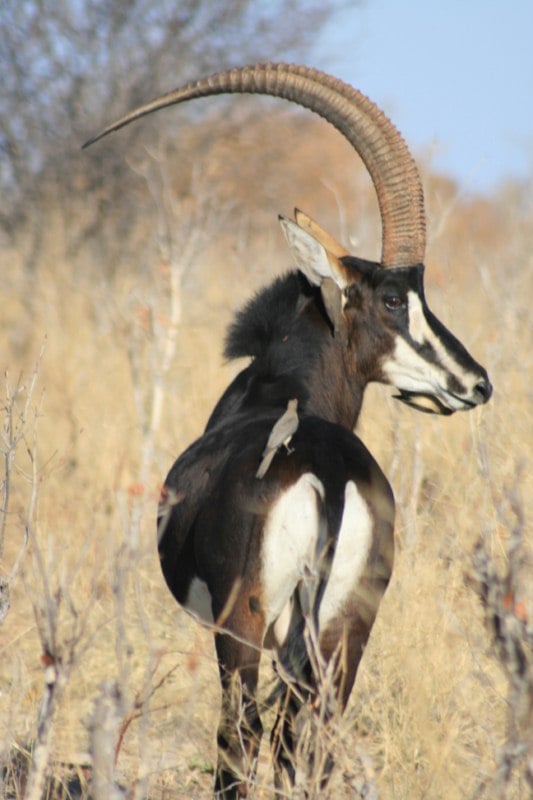
.jpg)
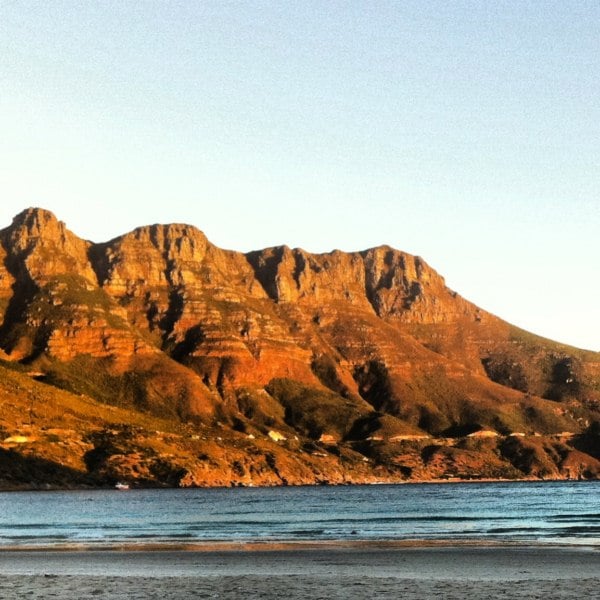
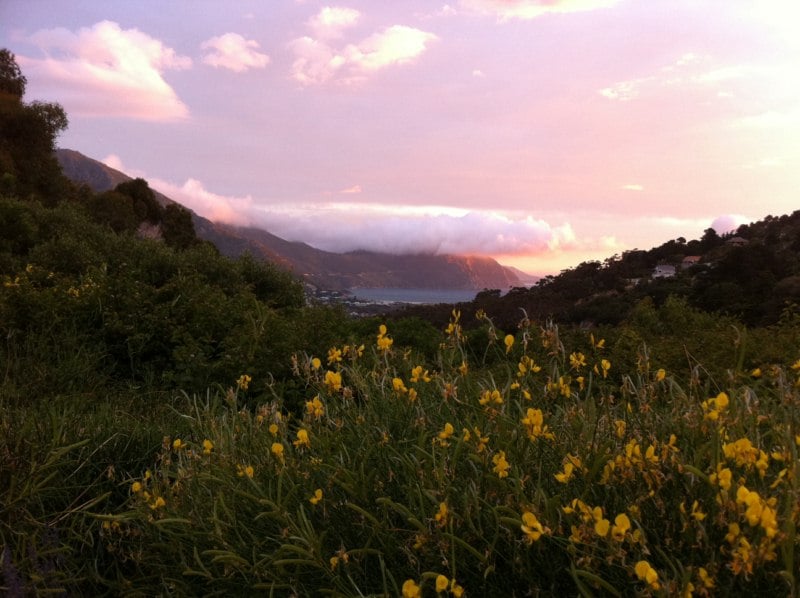
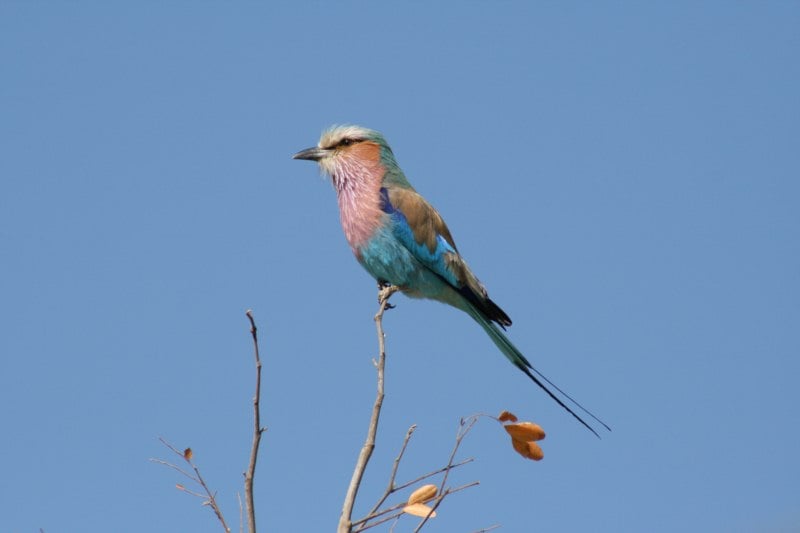

.jpg)



.jpg)


